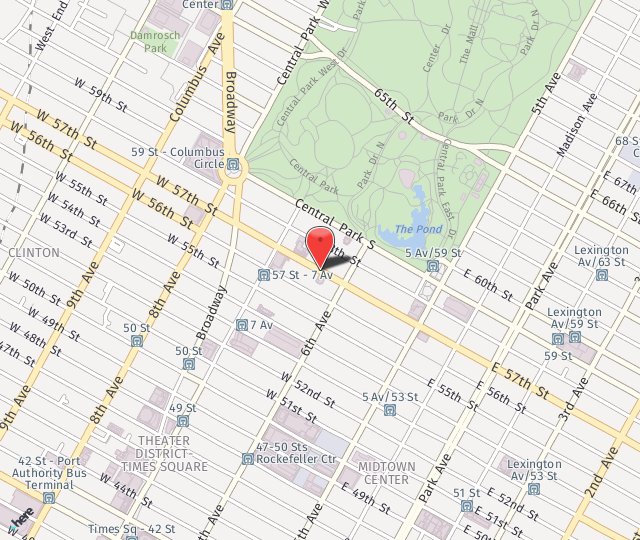
Why Would I Experience Receding Gums?
According to the American Dental Association, three out of four adults have some degree of periodontal disease. Receding gums is one indication of this condition. Periodontal disease is what comes after gingivitis if that minor inflammation is not treated. Both inflammation and infection begin originate from an accumulation of plaque and bacteria on the teeth and gums. Plaque that is not removed can harden to tartar, calcification in which bacteria get stuck. In addition to this progression of infection, gum recession may be caused or worsened by factors such as:
- Brushing teeth with too much force
- Smoking
- Drinking soda frequently
- Hormone changes (pregnant women have a higher risk of gingivitis and gum disease)
- Diabetes
- HIV
- Dry mouth
Signs of Gum Recession
You might realize that you have some extent of gum recession if you notice
- Your gums bleed when you brush your teeth or floss
- Your gums appear inflamed
- You have persistent bad breath
- Your gums hurt when you eat or brush your teeth
- One or more teeth look longer
Gum Recession is Treatable
If you see the signs of gum recession, it is wise to schedule a visit with your dentist right away. Gum recession typically does not go away on its own. Your dentist can perform a deep cleaning that removes plaque and bacteria from vulnerable places in the mouth. The deep cleaning invites the gum tissue to reattach to teeth so bacteria cannot infiltrate the area again. In some cases, a topical or oral antibiotic may be needed to help reduce infection. In more severe cases of recession, a minor procedure may be needed to help regenerate or secure gum tissue where needed.
Dr. Louis Siegelman is a board-certified dental anesthesiologist who provides a wide range of sedation dentistry services. We understand that there are many factors that may prevent a person from tolerating dental visits, and we are here to change that, one patient at a time. To learn more about our periodontal and dental services, including sedation, contact our NYC office at (212) 974-8737.
